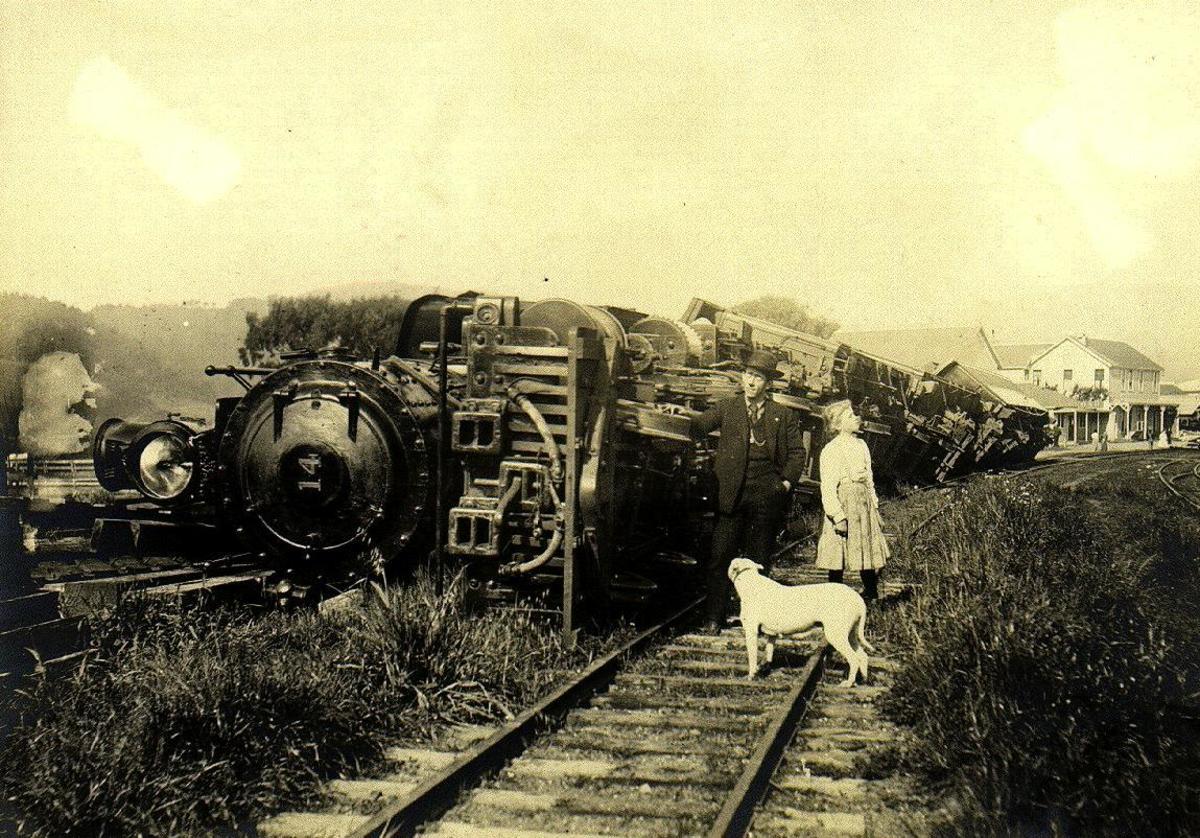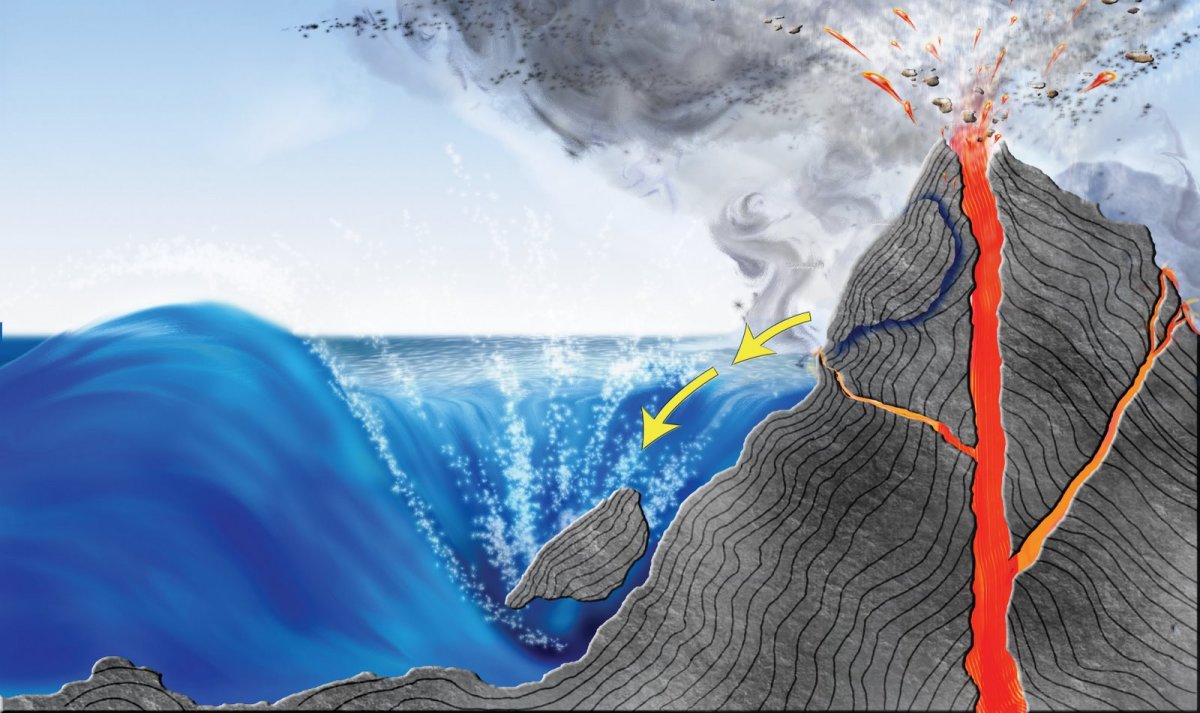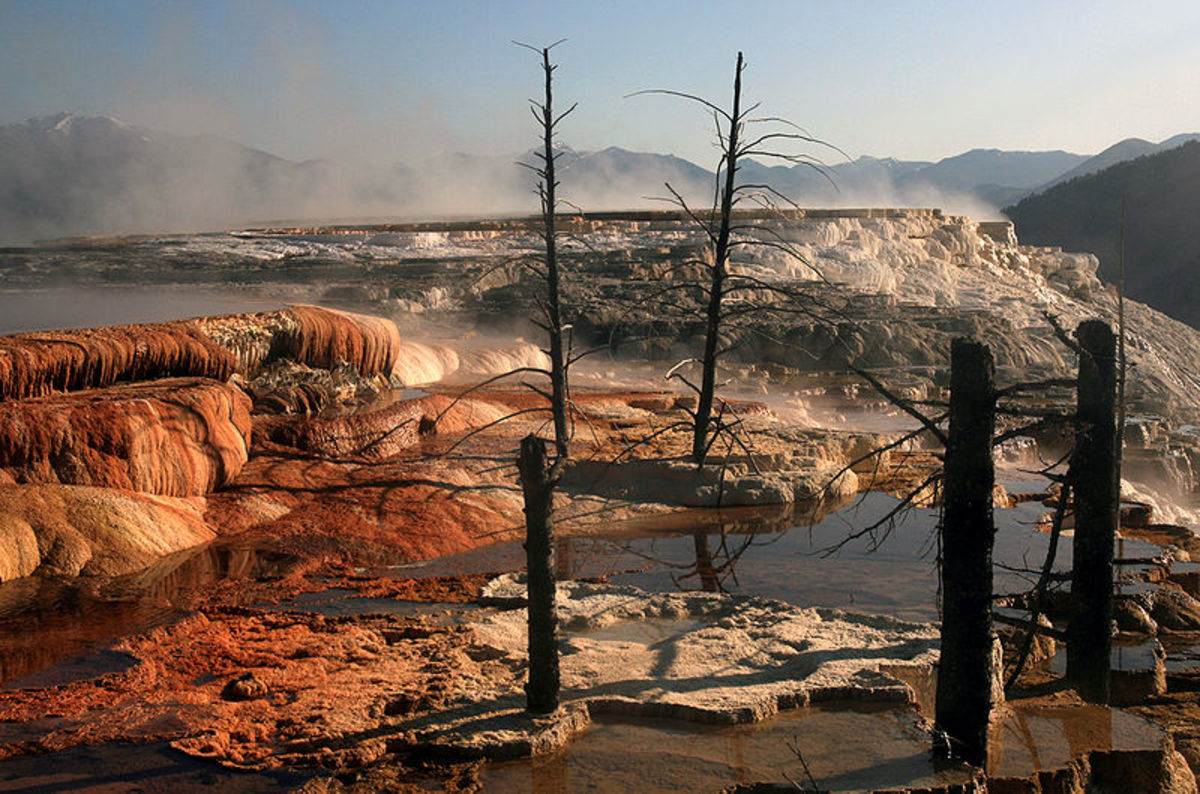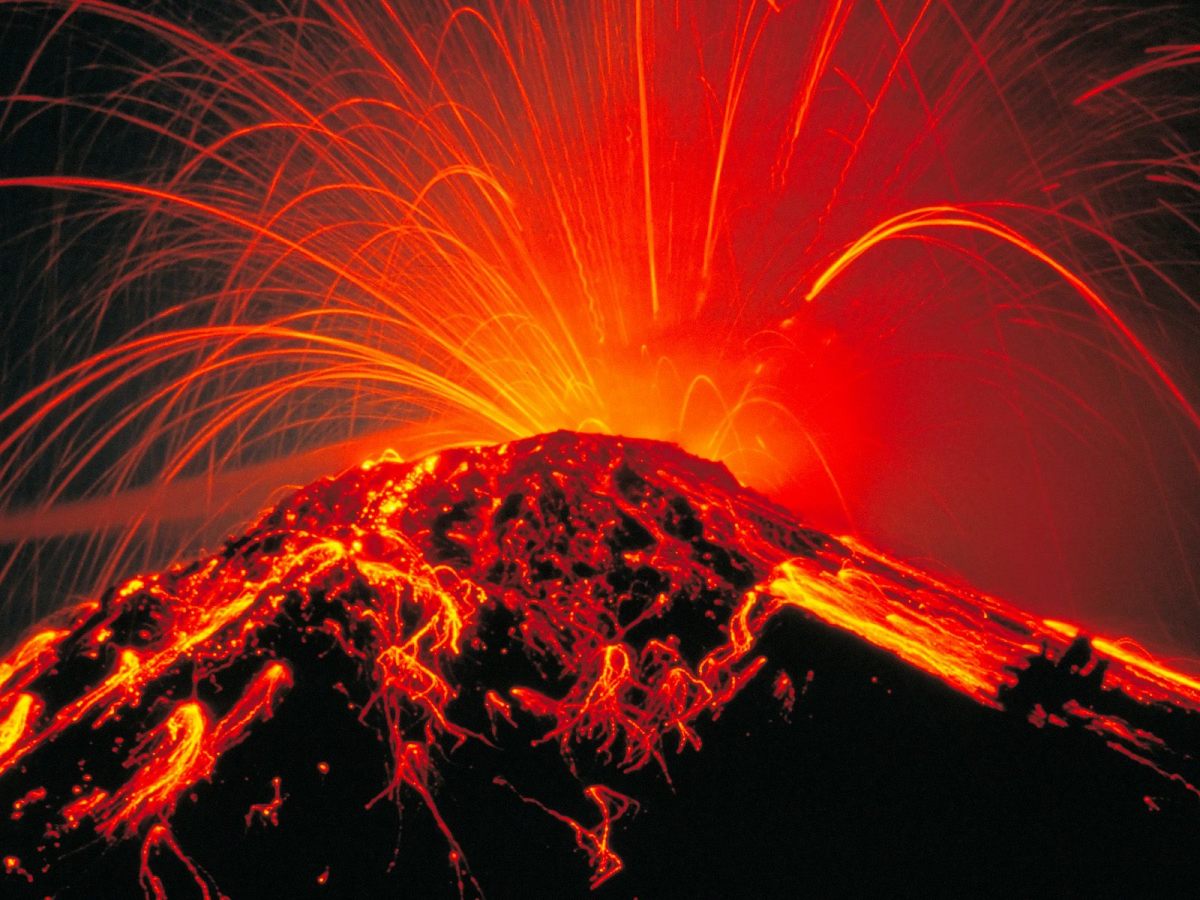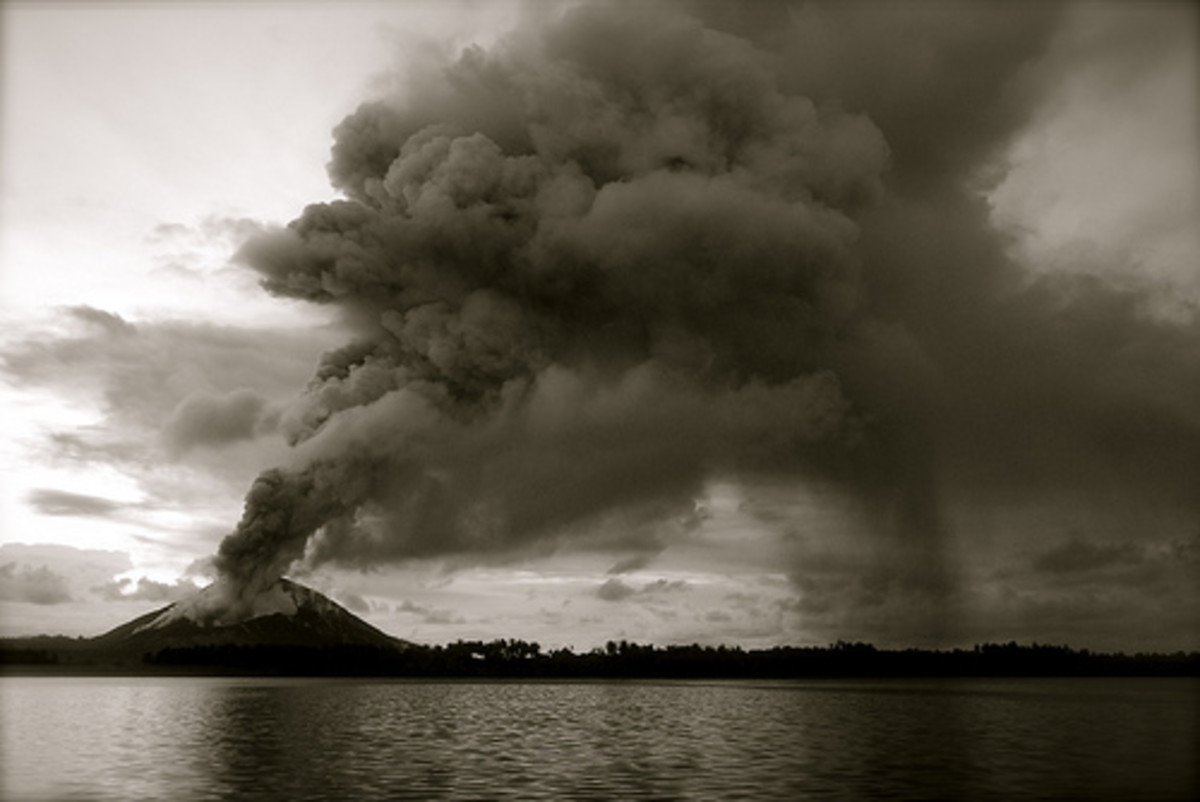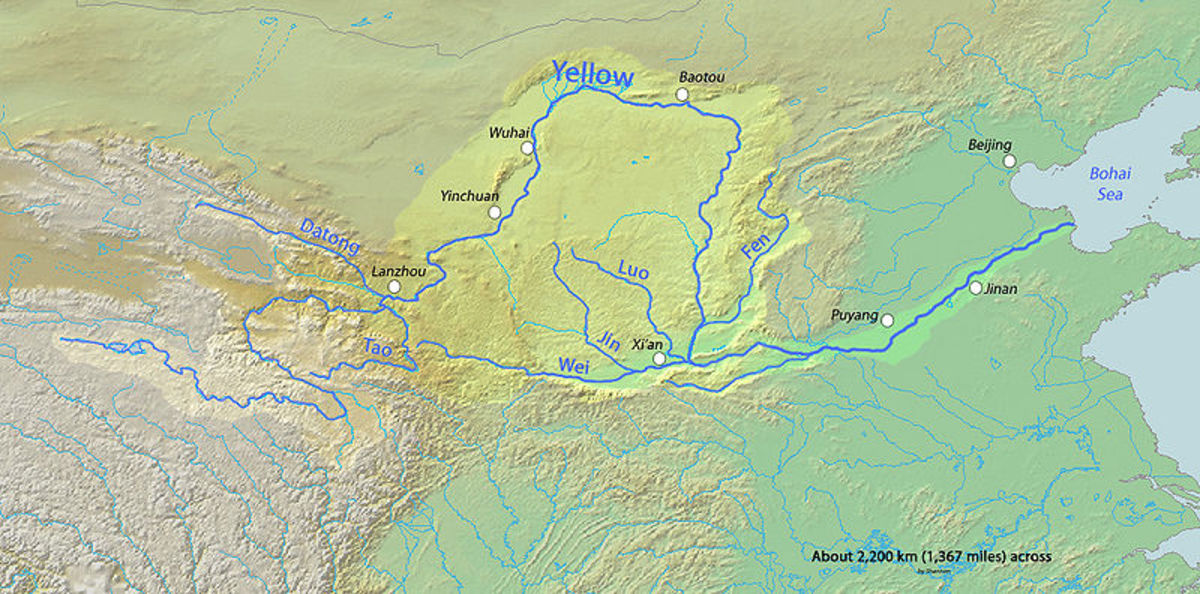The Natural Disasters
Since time unknown the human race has been plagued by disasters that are caused by nature such as storms, floods and earthquakes. These are the weapons of nature used against man resulting in devastating losses - loss of life and property. It leaves behind people who are at the brink of survival doing all they can to keep themselves and other people who have survived the tragedy alive.
These disasters though extremely tragic are beneficial too. These are nature's tools to control population growth, and also bring out many precious resources up on to the surface of the earth. In recent years Earth has witnessed some of the worst disasters in the history of mankind. With the changing circumstances and the influence of the human activities on the environment, scientists are predicting even more disasters in the near future.
Below is a list of the world's natural disasters:
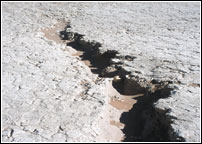
- The Earth Awaits Several Disasters With In The Next 6 Years
There are three valid reasons based on the new emerging geophysical conditions of earth that make us conclude that mother earth has entered the difficult period of six years from 2007 to 2012 during which... - Volcanoes And Some Historic Eruptions
Volcano - it conjures up vivid, lucid images of red-hot lava spewing out of a looming mountain, like mountain of fireworks gone astray, bruising and charring everything that dares to come in its way. But in...
China Earthquake [2008/05/12]
Earthquakes
The word ‘earthquake' is widely used to indicate the source region itself. It is the convulsion of earth surface and makes the ground shake due to which large cracks are formed or part of the ground suddenly rises. This causes buildings to fall down and people get trapped under the debris. The intensity of an earthquake is measured on the Modified Mercalli Scale. The number on this scale refers to the effect produced.
- Very slight felt only by instruments.
- Felt by people resting.
- Feels like passing traffic.
- Furniture and windows rattle.
- Can be felt outdoors. Clocks stop and door swings.
- Furniture moves about. Cracks appear in walls.
- People knocked over. Masonry cracks and falls.
- Chimneys and monuments fall, building moves on foundations.
- Heavy damages to building. Large cracks open in ground.
- Landslide occurs. Water thrown out from canals and lakes.
- Railway lines badly bent.
- No building left standing.
The strength of an earthquake itself is measured on a scale, which is based on the amount of energy released by the earthquake. This is called the Gutenberg Richter Scale, numbered from 1 to 10.
Causes:
Earthquakes occur when the magma in volcanoes move, such quakes warn of a volcanic eruption. In the broader, sense it can also occur due to the detonation of explosives.
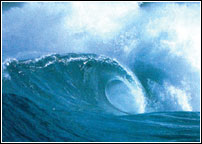
Tsunami
Tsunami
In connection with the earthquake, is a destructive water force called the tsunami, It is a natural phenomenon consisting of a series of huge tidal waves that travel very quickly and cause a lot of damage when they reach land. Tidal waves rapidly flood the land with salty water and overflow coast lines, causing devastating property damage and loss of life. One after another tearing up piers and houses and flinging boats into the treetops. Though they can occur without warning, anywhere at any time, their occurrence is more common in the Pacific Ocean. However, the latest Tsunami devastation took place in the Indian Ocean and caused a lot of havoc.
Causes:
Tsunami occurs when an avalanche, landslide or a volcanic eruption takes place in the ocean but usually it occurs due to the under water earthquake. However a submarine volcanic eruption can uplift a water column and cause a tsunami.

Volcano Eruption
Volcanic eruption
A volcano is a geological landform. This phenomenon tends to occur near the boundaries of the continental plates. These are usually cone-shaped with a crater at the top. Active volcanoes erupt for short periods and then remain dormant for long periods.
If the lava remains bubbling in a lava lake, eruptions just overflow. If the lava solidifies, during the next eruption the volcano will explode. Volcanic eruption can send poisonous ash and rocks flying into the air. The ash covers the plants around the volcano and kills them. Volcanic eruptions can also pour a lot of hot melted rocks out across the land, which burns and buries anything in its way. They also cause earthquakes.
Causes: Volcanoes occur where the earth crust is being squeezed or stretched as new mountains are formed. The enormous pressure melts the solid rock to liquid magma. When the pressure becomes too great, hot liquid rocks and gasses in the form of lava may burst through the centre of the volcano and out of a crater at the top.
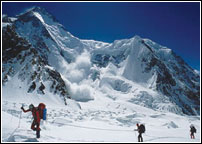
A Huge Avalanche
Avalanche
It is one of the major dangers faced during the winter in mountainous regions. It is a gravity current consisting of granular material. In an avalanche different type of mixture or lot of material falls swiftly under the force of gravity. Avalanches are often classified on the basis of their components. For example rocks, ice, soil, snow avalanche. Even a very small avalanche can cause major damage and great loss of life. Anything that comes in the way of the avalanche is buried under the snow.
Causes:
An avalanche occurs when large amount of snow and ice slide down a mountain or when the load on the upper snow layers surpass bonding forces. Humans also trigger avalanches due to additional weight and kicks during skiing.
Landslide
It is a geological phenomenon, which includes a broad range of ground movement. They are like avalanches but instead of snow, mud and rocks slide down a mountain. People, animal, plants and buildings, etc. may be buried under the dirt and rocks.
Causes:
A Landslide usually occurs due to gravity acting on an over steep end slope. However, a volcanic eruption, earthquake, bomb blasts, vibration from machinery, heavy rains, melting of snow also are major causes for landslides.

Droughts
They are purely not a physical phenomenon but instead are interplay between human demands for water and supply and availability of natural water. Due to insufficient water the ground become dry and plants die. After the plants die the animals have no food to eat and they also die. People may starve during droughts. There are mainly three types of droughts, namely, Meteorological Droughts, Agricultural Droughts and Hydrological Droughts.
Causes:
Drought usually occurs when there is no or little rain for a long time. However, droughts are classified on the basis of their causes.
Meteorological Draughts occur when there is a prolonged period with below average precipitation.
Agricultural Droughts occurs when there is insufficient moisture for average crop or range production. This condition can arise, even in times of average precipitation, due to soil condition or agricultural techniques.
Hydrological Droughts occurs when the water reserves available in sources such as lakes, aquifers and reservoirs fall below the statistical average. This condition can arise, even in times of average precipitation, when increase usage of water decreases the reserves.
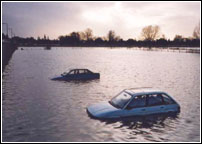
Floods
A flood is an overflow of water. In many dry regions the soil has very poor water retention characteristic, sometimes it result in a sudden flood of water filling parched stream beds known as a "flash floods" water covers the land and may even flow through houses, buildings, etc. It moves rapidly and can be strong enough to drown everything in its way.
Causes:
It occurs when there is continuous rain and the rivers are unable to take all the water. However, rapid melting of large amounts of snow, breaking of ice dams or river, which swell, from excess precipitation are some of the causes of devastating floods.
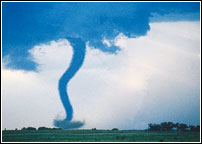
Tornado Destruction
Tornadoes
The word tornadoes are derived from a Spanish verb "tornar" which means to turn. The phenomenon appears in storms all around the world. They are funnelling of very strong winds that rip apart anything in their path. They usually develop due to severe thunderstorms. These are associated with lightening and are nearly invisible. They exhibit huge electromagnetic fields that cannot be explained by convection models. They move rapidly and cause a lot of damage.
Causes:
Tornadoes occur when cool air over-rides a layer of warm air, pushing the warm air to rise swiftly.
- Why so Many Natural Disasters?
Cyclone Nargis from Nasa Satellite Cyclone Nargis hit the Asian country of Myanmar on Saturday May 3, 2008. The official death toll so far is 78,000 and approximately 56,000 missing. But reports state that... - The World Biomes
The world seems no less a magical place than the world of fairy tales. If you don't believe me then think about the seasons, and the different climates that different regions in the world boast of at the same...

